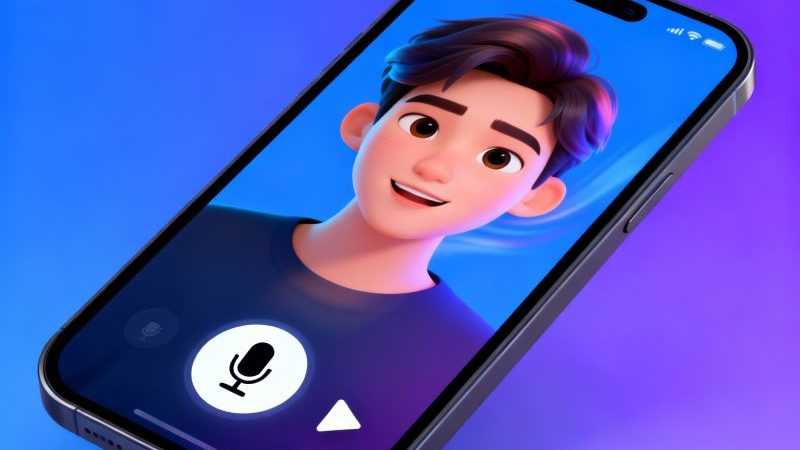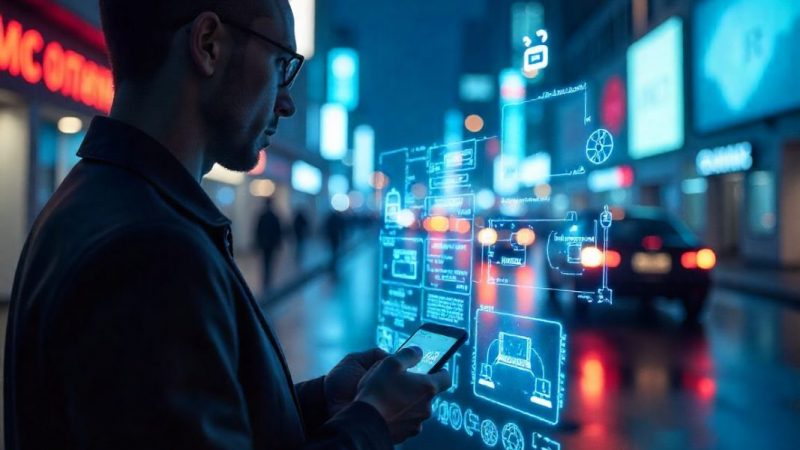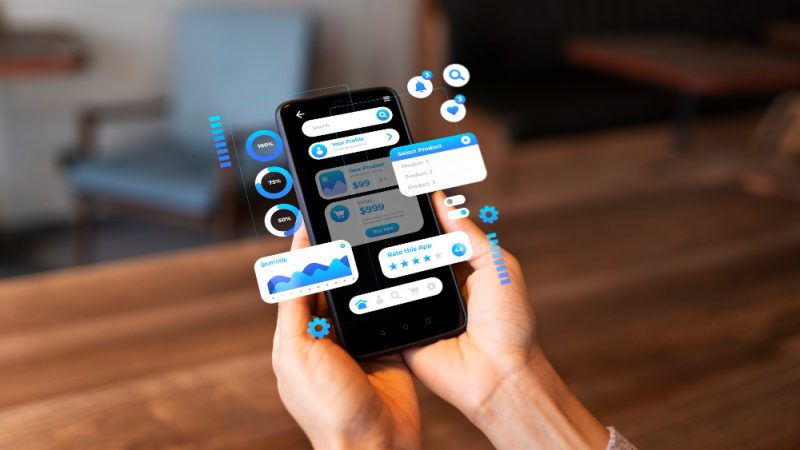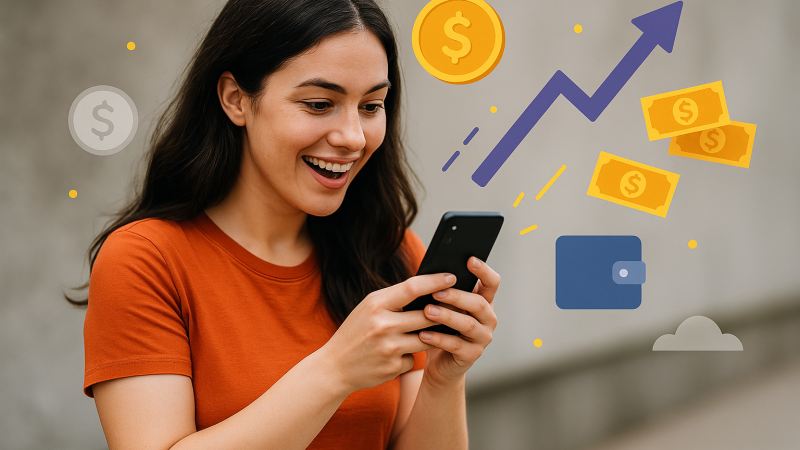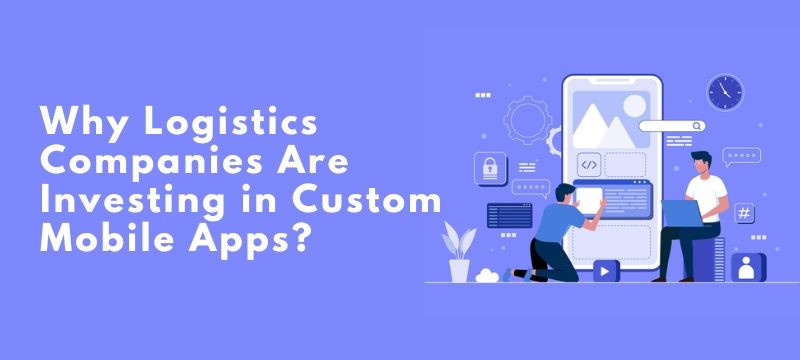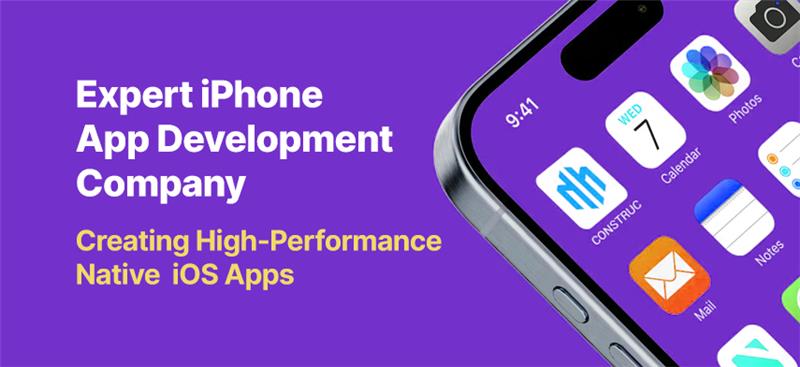Easy ways to Create Animations for IOs and Android Apps
As a designer, if you want to create animations for mobile apps, you have to share your vision with a developer or learn how to code them from scratch.
But what if there was a better way? With SVGator’s full-featured mobile app animator you can design professional animations from start to finish without having to write a single line of code.
To further simplify things for mobile app developers, SVGator’s cross-platform mobile export feature allows you to export fully customizable animations that run on both Android and iOS, in a single lightweight .svg file.
But what kind of app animations can you create? Here are some of the main UI animations you can use in your Android or IOs apps.
Login animations
Creating animations to welcome users into your apps is an essential part of UX. In the past, you had to go through a lengthy process of designing them on a computer, manually converting them to CSS, and doing it all again for iOS.
With SVGator, this is all handled for you. All you have to do is draw and animate your login animation and export it. The whole process is done for you.
Maps and navigation animations
I find these two the most often used UI animation options. For small screens, the 2D animation is usually enough, and while for larger screens like tablets, iOS comes to the rescue with 3D animations.
In both cases, the 2D animation is usually enough for a smaller screen, and for iOS, you just need a lot of it to create a 3D animation. That’s why in this case it is better to keep it simple.
Preloader animations
Preloader animations in mobile apps are common. They are the ones that animate the icon of your app on the left to open the app. If you can show your user that your app is going to open, then that is usually enough to get them to download it.
They work pretty well with preloaded icons. So when you build an Android app with Android’s app preloader feature, just animate the first part of it when the user taps the icon. The same applies to iOS, and iOS also has a gesture-based auto-updating icon that displays when your app updates.
Image layers and transition animations
Even when we focus on more complex 3D animations, a nice default animation is usually enough to keep users interested.
Image-based animations, also known as “click and drag animations” work great in a simple mobile app. Just place a layer on the screen and drag the mouse up and down to change the shape of it.
In the past, this has been a very resource-intensive animation. Now it’s easy and lightweight. You just need to draw an image with a background color and change its width and height in the layer edit mode to animate
Conclusion
With SVGator’s animation designer you can make most simple, yet powerful animations easily. By using the mobile export feature, you can export the final file to make an animation for either Android or iOS.

